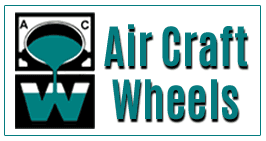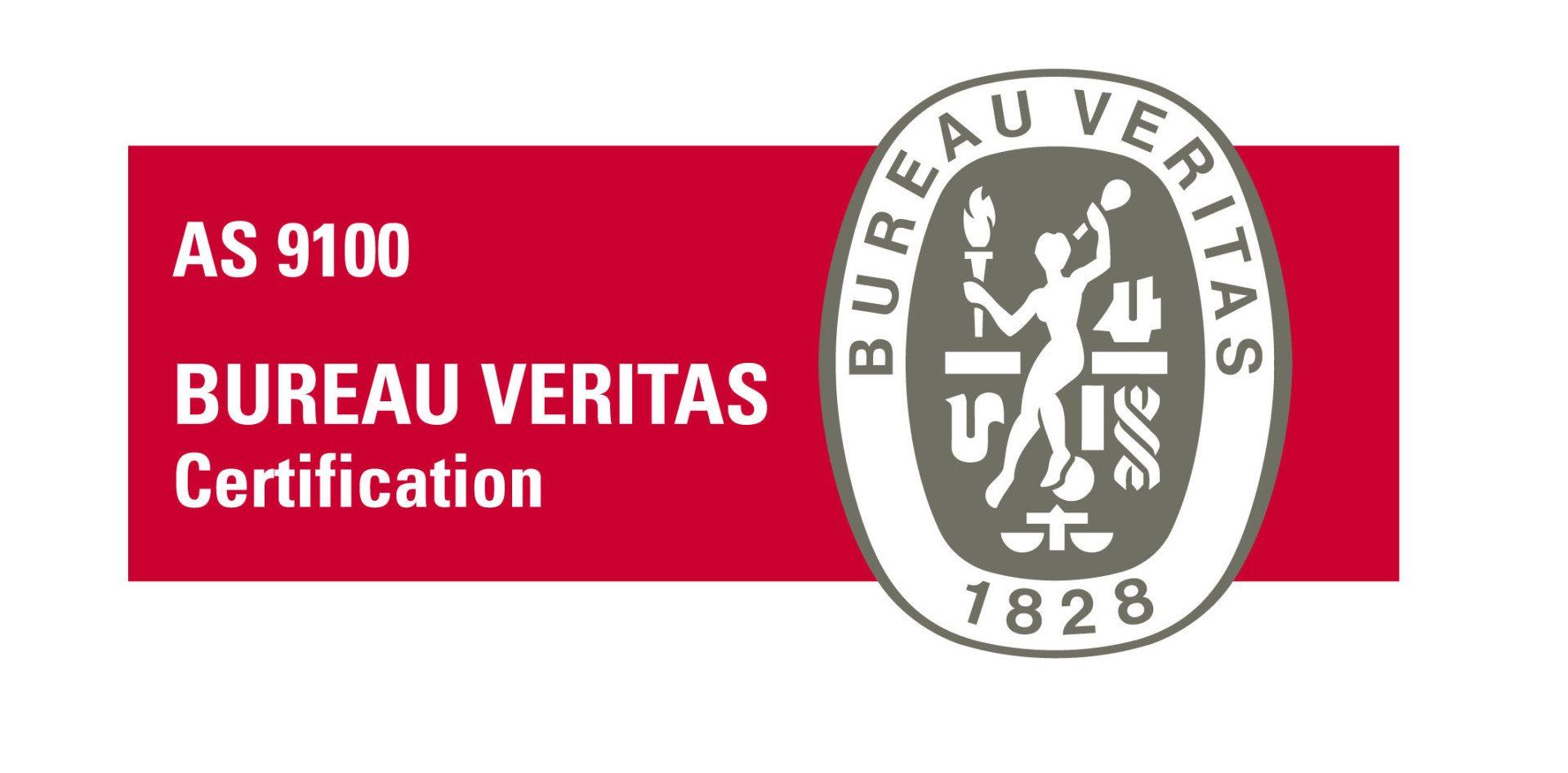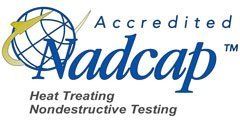The Modern Era
In 1954, directors of the company approved of plans for a new Iron foundry called the West Foundry, principally to take care of the demand for sewing machine castings for White Sewing Machine Company
and their principal customer, Sears, Roebuck & Company. This was the largest expansion ever undertaken and the West Foundry was the most modern facility in the area with overhead sand system and pallet line for molds. Operation started in the fall of 1956. Ownership of the White Sewing Machine Corporation changed and resulted in the decision of Sears, Roebuck & Company to purchase their sewing machines from Japan.
The A.C. Williams Company lost its largest customer, which represented about 75% of the Company's total business. The last sewing machine castings in Iron, Aluminum, and Magnesium were shipped in mid-1957. At this same time, foundries all over the country were closing down due to a severe business recession. The Company was heavily in debt as a result of expansion and modernization. J.B. Heisler, with his brothers, Robert and Bruce, and other Officers and Directors, made the decision to expand sales efforts and rebuild the Company on the basis of a wide range of customers rather than one or two large ones. For the last half of 1957, the remaining work was shared as equally as possible among the employees so that very few lost their jobs. Special effort was made to keep skilled molders and core makers busy at some task, even painting the plants. An extensive sales effort over the entire eastern half of the country on Iron and over the entire country in Aluminum and Magnesium resulted in all plants being back in full production by January of 1958. With relatively few exceptions, the Plants worked a full schedule over the next nine or ten years.
Changes were taking place in the foundry industry and it was necessary to update and modernize, so in 1965, a large program was undertaken by the Company. At the Iron and Semi-Steel Division, the Grinding, Cleaning and Inspection Departments were expanded and revised and a new Shipping Room was added with more loading dock space. Core facilities were improved and the first shell core machines were incorporated in that department, plus a new shell molding machine. The Melting Department was completely changed over with the installation of two new cupolas and a charger, which eliminated the hand charging and provided an excellent facility for the Company and its customers. Part of the old, original foundry, built in the winter of 1892-1893, was rebuilt and a sand system was installed to furnish properly mixed sand to two new automatic molding machines. The Aluminum and Magnesium Division was involved in the program; a new Core Department and new core making machines were provided. At this same time, temporary quarters were provided for the start of an Aluminum Permanent Mold Department and shortly thereafter in November, 1967, an entire new Aluminum Permanent Mold foundry was completed. This Plant on North Walnut Street was called, by knowledgeable foundrymen, the finest Permanent Mold foundry to date and it incorporated many new features for ventilation and improved working conditions. After the startup of the new Aluminum Permanent Mold foundry, a die casting machine was installed in the vacated, temporary Permanent Mold Department of the Aluminum and Magnesium Division. Many of the sand casting customers were using die castings and they seemed pleased with the first production efforts. Additional business was received and in late 1970 it was decided to change the Monarch building on Cleveland Road from an Iron plug machining facility to a Die Casting foundry. This would give the Company a wide range of castings to offer; Iron, Aluminum and Magnesium sand castings, Aluminum Permanent Mold castings, and Aluminum Die castings.




